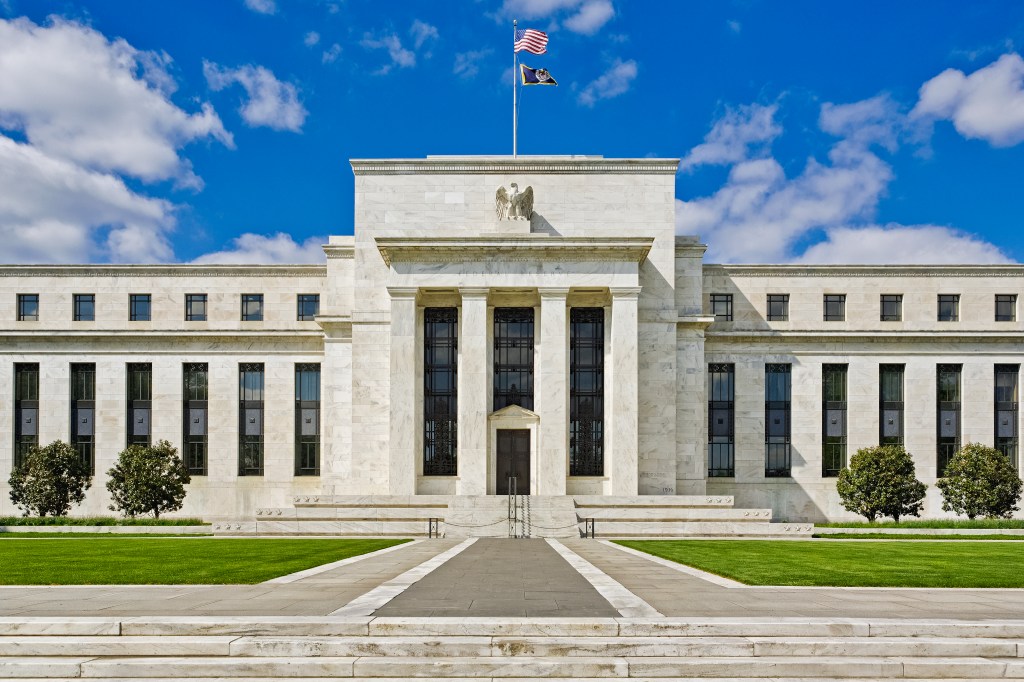Every year, the Federal Reserve subjects the balance sheets of large banks to a Comprehensive Capital Analysis and Review. This is a stress test modeled on hypothetical economic downturns. The stress tests and their pendant requirements were first mandated by the Dodd-Frank Act in the wake of the 2007 financial crisis.
This rigorous stress testing, along with related capital and liquidity requirements, are critical to ensure that financial institutions have enough reserve capital to survive unexpected market downturns.
The aim is to detect if a financial institution would be able to maintain a minimum 4.5% capital ratio. This is the percentage of a financial institution’s capital relative to its risk-weighted assets. This requirement ensures that a bank is able to continue to perform key lending functions during a crisis and mitigate the risk of insolvency or bank runs.
The stress test criteria shift every year, and are usually tied to forecasted economic infirmities. This years’ test envisioned stressors in commercial real estate and a rising unemployment rate.
A total of 31 banks were tested. In its Executive Summary, the Fed satisfactorily found that each of the tested banks had “sufficient capital to absorb nearly $685 billion in losses and continue lending to households and businesses under stressful conditions.”
Additional mandatory capital buffers
In addition to the 4.5% capital ratio requirement set for all banks, the Fed has imposed a bonus “stress capital buffer” (SCB) requirement depending on how the bank fared under the simulated stressors. This requirement has been in place since 2020.
Generally, the more risk demonstrated by the model, the higher the bank’s mandated SCB.
Maintaining this buffer can be a significant compliance burden for financial institutions, as capital tied up in reserves means less for profit-generating activities. It can also mean reduced shareholder value because higher SCBs weaken banks’ power to buy back their stock.
And the Fed’s stress testing requirements have often been criticized for their inability to accurately predict risk landscapes. For instance, 2021’s stress test assumed a low-interest rate environment amidst a potential recession, whereas interest rates for the following year actually increased. And sometimes materialized hazards were totally outside the realm of contemplation, such as during the 2020 COVID-19 pandemic.
Buffer requirements increase
Among increasing economic uncertainty, this year’s stress test saw a notable jump in SCB requirements relative to 2023’s. These requirements will be effective October 1.
Some increases include:
- Goldman Sachs: 6.2%* (+0.7%)
- Wells Fargo 3.8% (+0.9%)
- Capital One: 5.5% (+0.7%)
- Morgan Stanley 6% (+0.6%)
*Goldman Sachs, dissatisfied with its initial 6.4% capital buffer requirement, successfully reduced it to 6.2% after appealing to the Fed with additional evidence.
“We appreciate the Federal Reserve’s willingness to reconsider this matter,” Goldman Sachs’ Chief Financial Officer Denis Coleman said.

















